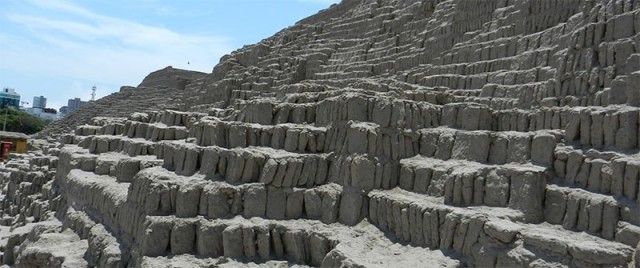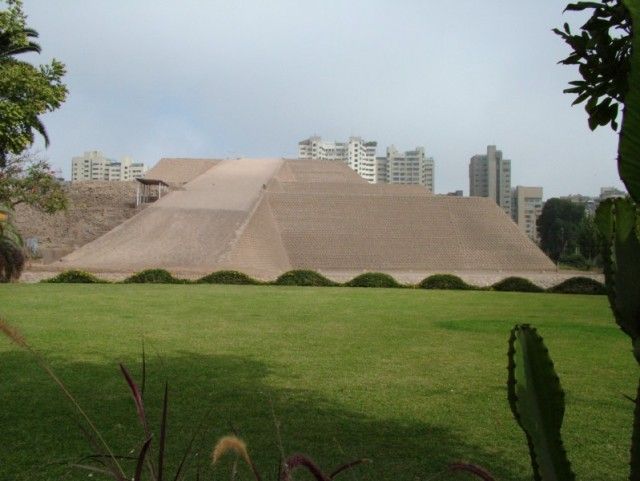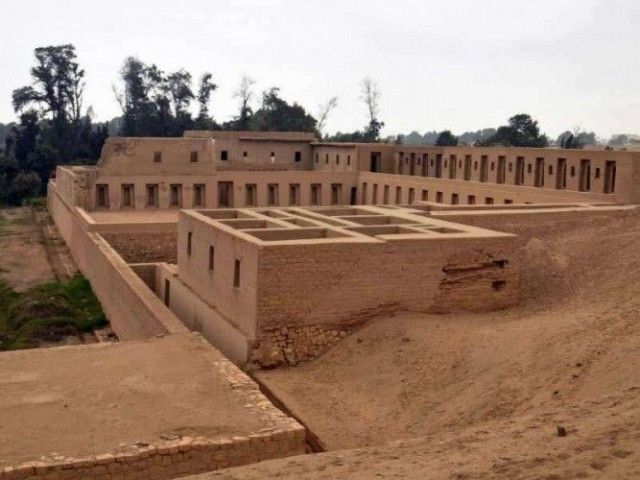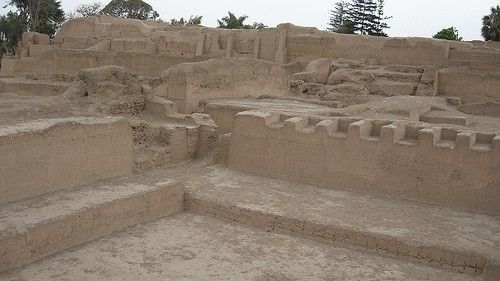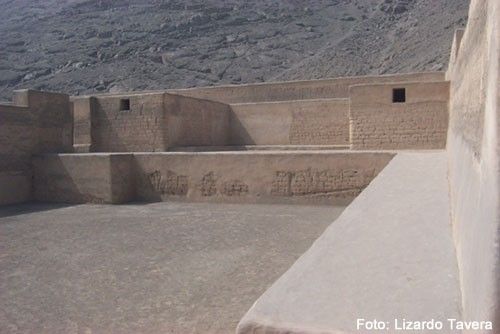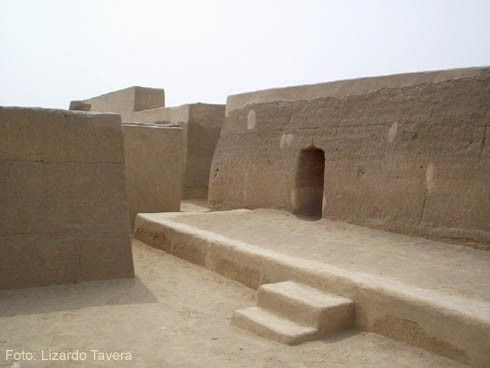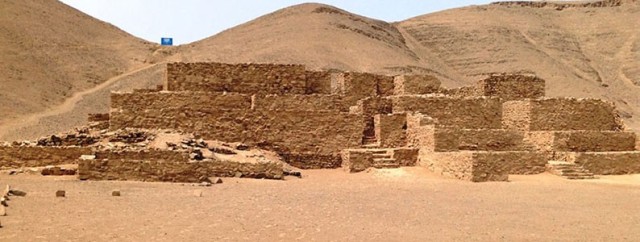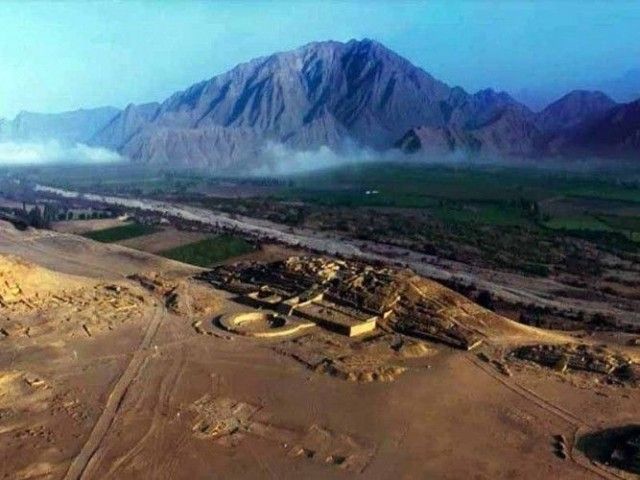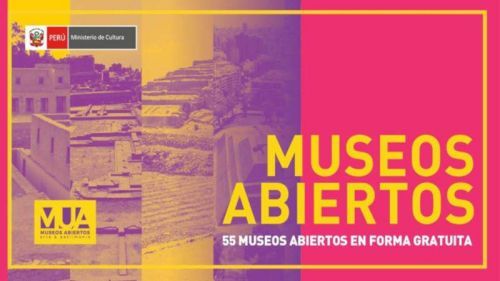- Peru Guide
- Peruvian Visa Types
- Public Holidays & Festivals
- Peru Info
- Culture & Entertainment
- Legal Stuff
- Customs Regulations & Info
- How many days did I get?
- Tourist Visa extension in Peru
- Peruvian Overstay Fine
- International Document for Antecedentes Peru
- Paying Administration Charges
- Permit to Sign Contracts
- Interpol - Ficha de Canje
- Travel Permit
- Subsanacion - Submitting documents
- Extending a Migraciones deadline
- Residence visa extension
- Renewal Carné de Extranjería
- Update Migraciones information
- Carné replacement
- Marrying in Peru
- Driver's License in Peru
- Police Clearance Certificate Peru
- Travel Authorization for Minors
- Finding a Job in Peru
- Domestic Workers in Peru
- Labor Regulations Peru
- Air Passenger Rights
- Safety, Security & Travel Advice
- Shopping in Peru
- Stay Connected
- Business Guide
- Earthquakes
- Emergencies & Help
- History of Peru
- Education, Teaching & Schooling
- Glossary of Terms
- Lima Guide
- Travel & Sights
- Food
- Money
- Events
- Opinion
- Media
- Peru Guide
- Peruvian Visa Types
- Public Holidays & Festivals
- Peru Info
- Culture & Entertainment
- Legal Stuff
- Customs Regulations & Info
- How many days did I get?
- Tourist Visa extension in Peru
- Peruvian Overstay Fine
- International Document for Antecedentes Peru
- Paying Administration Charges
- Permit to Sign Contracts
- Interpol - Ficha de Canje
- Travel Permit
- Subsanacion - Submitting documents
- Extending a Migraciones deadline
- Residence visa extension
- Renewal Carné de Extranjería
- Update Migraciones information
- Carné replacement
- Marrying in Peru
- Driver's License in Peru
- Police Clearance Certificate Peru
- Travel Authorization for Minors
- Finding a Job in Peru
- Domestic Workers in Peru
- Labor Regulations Peru
- Air Passenger Rights
- Safety, Security & Travel Advice
- Shopping in Peru
- Stay Connected
- Business Guide
- Earthquakes
- Emergencies & Help
- History of Peru
- Education, Teaching & Schooling
- Glossary of Terms
- Lima Guide
- Travel & Sights
- Food
- Starter & Appetizer
- Sandwiches
- Soups
- Main Courses
- Salsas, Sauces & Dips
- Desserts
- Snacks
- Drinks & Beverages
- Peruvian Cheese
- Fruits
- Vegetables
- Aji - Chili Peppers
- Grains, Coffee, Beans & Nuts
- Common Herbs
- Other Ingredients
- Money
- Peru Guide
- Peruvian Visa Types
- Public Holidays & Festivals
- Peru Info
- Culture & Entertainment
- Legal Stuff
- Customs Regulations & Info
- How many days did I get?
- Tourist Visa extension in Peru
- Peruvian Overstay Fine
- International Document for Antecedentes Peru
- Paying Administration Charges
- Permit to Sign Contracts
- Interpol - Ficha de Canje
- Travel Permit
- Subsanacion - Submitting documents
- Extending a Migraciones deadline
- Residence visa extension
- Renewal Carné de Extranjería
- Update Migraciones information
- Carné replacement
- Marrying in Peru
- Driver's License in Peru
- Police Clearance Certificate Peru
- Travel Authorization for Minors
- Finding a Job in Peru
- Domestic Workers in Peru
- Labor Regulations Peru
- Air Passenger Rights
- Safety, Security & Travel Advice
- Shopping in Peru
- Stay Connected
- Business Guide
- Earthquakes
- Emergencies & Help
- History of Peru
- Education, Teaching & Schooling
- Glossary of Terms
- Lima Guide
- Travel & Sights
- Food
- Starter & Appetizer
- Sandwiches
- Soups
- Main Courses
- Salsas, Sauces & Dips
- Desserts
- Snacks
- Drinks & Beverages
- Peruvian Cheese
- Fruits
- Vegetables
- Aji - Chili Peppers
- Grains, Coffee, Beans & Nuts
- Common Herbs
- Other Ingredients
- Money
- Lima Guide
- Culture Guide
- Huacas (Adobe Pyramids)
Huacas (Adobe Pyramids)
Lima is one of the most interesting and challenging cities in South America with a huge archaeological, historical, and cultural past. Long before the Common Era until the Spaniards' many highly advanced cultures settled the area of today's Lima. Even nowadays they amaze us with their complex skills in construction, agriculture and arts. The Spanish colonists added to this legendary cultural legacy. This completely different culture with European and Moorish influences is mixed with the indigenous cultural and religious inheritance. In the last couple of hundred years, immigrants from Africa and Asia added their part.
Our listing of selected huacas or archaeological complexes includes sites that were at least partially spared from destruction and deterioration. Some of them stand out right in the middle of the vast metropolis as a permanent reminder of the great cultures in the Lima region.
Huacas Today in Lima
The area of today's Lima City and Province has been already inhabited for many thousands of years. That's the reason you will find hundreds of ancient settlements hidden somewhere in Lima and the surroundings. But only around 250 archaeological sites and huacas in the capital are registered with the National Institute of Culture (INC). These ancient historical sites and buildings are spread over the traditional and modern districts of Lima. Explorers and archaeologists rediscovered a few hundreds of years back many of these historical monuments, but their findings were until a few years back ignored. Unfortunately, until today only a few huacas are cared for, preserved, restored or investigated appropriately. Most of the valuable reminders of Limas rich archaeological and historical past seem to be forgotten. They are neglected, left to deteriorate and exposed to Limas urban expansion. You can find for example residences, small plantations, rubbish, a soccer field or even a garage in an archaeological complex or on top of an ancient temple. So it is not surprising to even see major roads literally cutting through a historical complex.
Awareness for Cultural Patrimony
Luckily, the awareness for Limas cultural patrimony grew in the last years. Thanks to the efforts of the Peruvian government, the Municipality of Lima, cultural institutions, archaeologists, companies and citizens' projects were started to save at least a few of these ancient relics. Huacas like "Huaca Mateo Salado" in Pueblo Libre, "Huaca Santa Cruz" in San Isidro, "Huaca Santa Catalina" in La Victoria, "Huaca Huantille" in Magdalena, "Huaca San Borja" in San Borja, "Huaca Rosada" in San Miguel, "Huaca Capillo" in Ventanilla and the "Archaeological Complex of Puruchuco" in Ate are being preserved from further deterioration, investigated and restored. These enormous efforts and the costs involved pay off: Once investigations of the huacas began, archaeologists recovered magnificent structures built by ancient Limeños, valuable artifacts and mummies within a short time. Day by day more information and details about the life, culture, religion, social structure, skills, techniques and abilities regarding arts and handicrafts are revealed.
8 results - showing 1 - 8The Adobe Pyramid Pucllana (Juliana)
Huacas (Adobe Pyramids)The Archaeological Complex "Huaca Pucllana" was an Administrative and Ceremonial Center of the Lima Culture, a society that developed at the Peruvian Central Coast between 200 AD and 700 AD. In today's district of Miraflores the "Huaca Pucllana" was built around 500 AD. "Pucllana" is one of the most important ancient monuments in Lima.The Adobe Pyramid Huallamarca (Pan de Azúcar)
Huacas (Adobe Pyramids)In the district of today’s San Isidro, you will find an important archaeological complex named the "Huaca Huallamarca" or also known as "Pan de Azúcar" (Sugar Bread). Intensive investigations revealed three main occupation periods of the huaca: before and during the Lima Culture (around 200 BC to 700 AD) by ancient "Hualla" settlers from the Lim...Archaeological Complex of Pachacamac
Huacas (Adobe Pyramids)The history of Lima and the population of the surrounding area did not only begin with the foundation of the colonial city by Francisco Pizarro in 1535. Actually, the area of today’s city and province of Lima was inhabited many thousands of years before that by numerous different, highly advanced pre-Hispanic cultures that left us impressive set...Maranga Archaeological Complex
Huacas (Adobe Pyramids)The "Archaeological Complex Maranga" is located in the "Parque de las Leyendas". The park houses not only the zoo and botanical garden of Lima but as well a big part of Lima's most extensive ancient city and one of the most important pre-Hispanic complexes at the central Peruvian coast. The ancient city of Maranga contained impressive huge monum...The Archaeological Complex Puruchuco
Huacas (Adobe Pyramids)Puruchuco (meaning‚ Feather hat in Quecha) is located on km 4.5 of the Carretera Central east out of Lima in today's district of Ate. In the sprawling shantytown called Tupac Amaru lies the pre-Hispanic site, known to archaeologists as Puruchuco-Huaquerones that once was a main ceremonial center of the Incas. During archaeological investigations...The Dead City of Cajamarquilla
Huacas (Adobe Pyramids)The "Dead City" of Cajamarquilla is located in today's district of San Juan de Lurigancho (close to the Parque Zoologico Huachipa in Ate-Vitarte). On the remains of an earlier settlement, the Wari built this archaeological complex around 500 AD. Cajamarquilla developed to the major commercial, administrative and military center with a population...The Archaeological Complex El Paraiso
Huacas (Adobe Pyramids)One of the first big settlements and ceremonial centers in the area of today's Lima was El Paraíso (The Paradise). For decades, the complex was dated to around 2200 BC, however, new findings suggest that it might be even 1000 or 2000 years older.Caral – The Sacred City
Huacas (Adobe Pyramids)Neither explores nor tomb raiders could find anything of real value after the discovery of an ancient settlement in the early 20th century; no gold, no silver, no ceramics, no weapons or other archaeological treasures. So for nearly 100 years a huge archaeological complex sat nearly forgotten and completely unnoticed on a desert plateau overlook...8 results - showing 1 - 8Peru Newsflash
New lizard species discovered in Peru
There is still so much new to find out about and see in Peru. Just recently Peruvian scientists discovered a…Peru has the second-worst drivers in the world
For those living and driving in Peru it comes to no surprise. A recent study by Compare the Market, an…Machu Picchu reopens for the first time after the social outbreak
The Ministry of Culture of Peru decided to re-open Machu Picchu after it was closed on January 21 because of…Peru extends the state of emergency in 44 districts
The Peruvian government extended the “state of emergency” in 44 districts of the central departments of…
Peru Event Calendar
Mon Tue Wed Thu Fri Sat Sun 1Date : Monday, 01 April 20192Date : Tuesday, 02 April 20194Date : Thursday, 04 April 20195Date : Friday, 05 April 20198Date : Monday, 08 April 20191516Date : Tuesday, 16 April 201917Date : Wednesday, 17 April 201918Date : Thursday, 18 April 201920Date : Saturday, 20 April 201921Date : Sunday, 21 April 20192223Date : Tuesday, 23 April 201924Date : Wednesday, 24 April 201925Date : Thursday, 25 April 201927Date : Saturday, 27 April 201928Date : Sunday, 28 April 20192930Date : Tuesday, 30 April 2019Upcoming Events in Peru
Latest Content...
- International Schools in Peru
International Christian School of Lima - ICS Lima
- Peruvian Visa Types
Peruvian Digital Nomad Visa
- Laws, Norms, Legal Codes & Decrees
Legislative Decree No. 1582 (Modification of the Peruvian Foreigner Law, Nov 2023)
- Peruvian Cheese
Queso Rojo de Lluta
- Peruvian Cheese
Peruvian Queso Andino
- Peruvian Cheese
Peruvian Quesillo
- Peruvian Cheese
Peruvian Queso Mantecoso
- Peruvian Cheese
Peruvian Queso Paria
- Peruvian Cheese
Peruvian Queso Fresco
- Legal Stuff
Extension of a Migraciones deadline
- Legal Stuff
Subsanacion - Submitting documents
- Legal Stuff
Amnesty for Migraciones fines
- Legal Stuff
Replacement for a lost, stolen or damaged carné
- Legal Stuff
Renewal of the Carné de Extranjería
Latest Video
Long Reads...
- Peruvian Archaeology
The Mystery of the Nazca Lines in Peru
In the 1920s, when people first flew across southern Peru, they made an astonishing discovery. Stretching below them,… - Peruvian Personalities & Founders
Francisco Pizarro González (1474-1541)
Francisco Pizarro, a peasant from Spain, was one of the least well-equipped conquerors in history. However, in the name… - Peruvian Archaeology
The colorful Fabrics and Textiles of Peru
Europe’s first knowledge of Peruvian textiles was acquired following the Spanish invasion of Peru in 1532, when the… - Peruvian Legends, Myths & Tales
The Jeweled Frog and the Condor
By a quiet pond, at the side of a cloud-topped mountain in Peru, lived a small green frog and his large green family.… - Peru Info
Peruvian Economy
The Peruvian economy is an emerging, social market economy highly dependent on foreign trade and classified as an upper…
Contact us | Editorial Ethics | Support | T&C | Copyright | Privacy | Discussions & Submissions | Cookies Policy | GDPR | CCPA | DMCA


